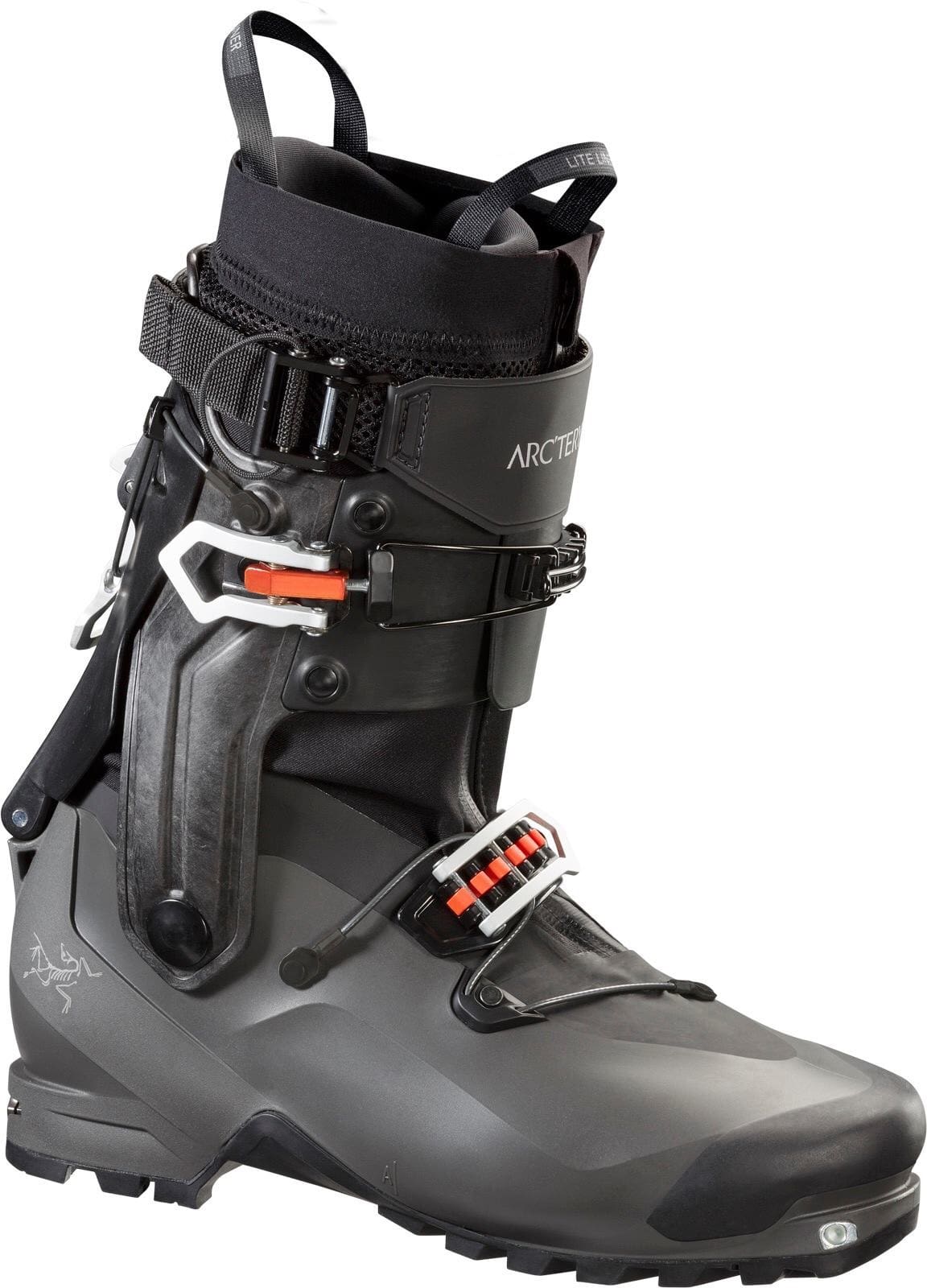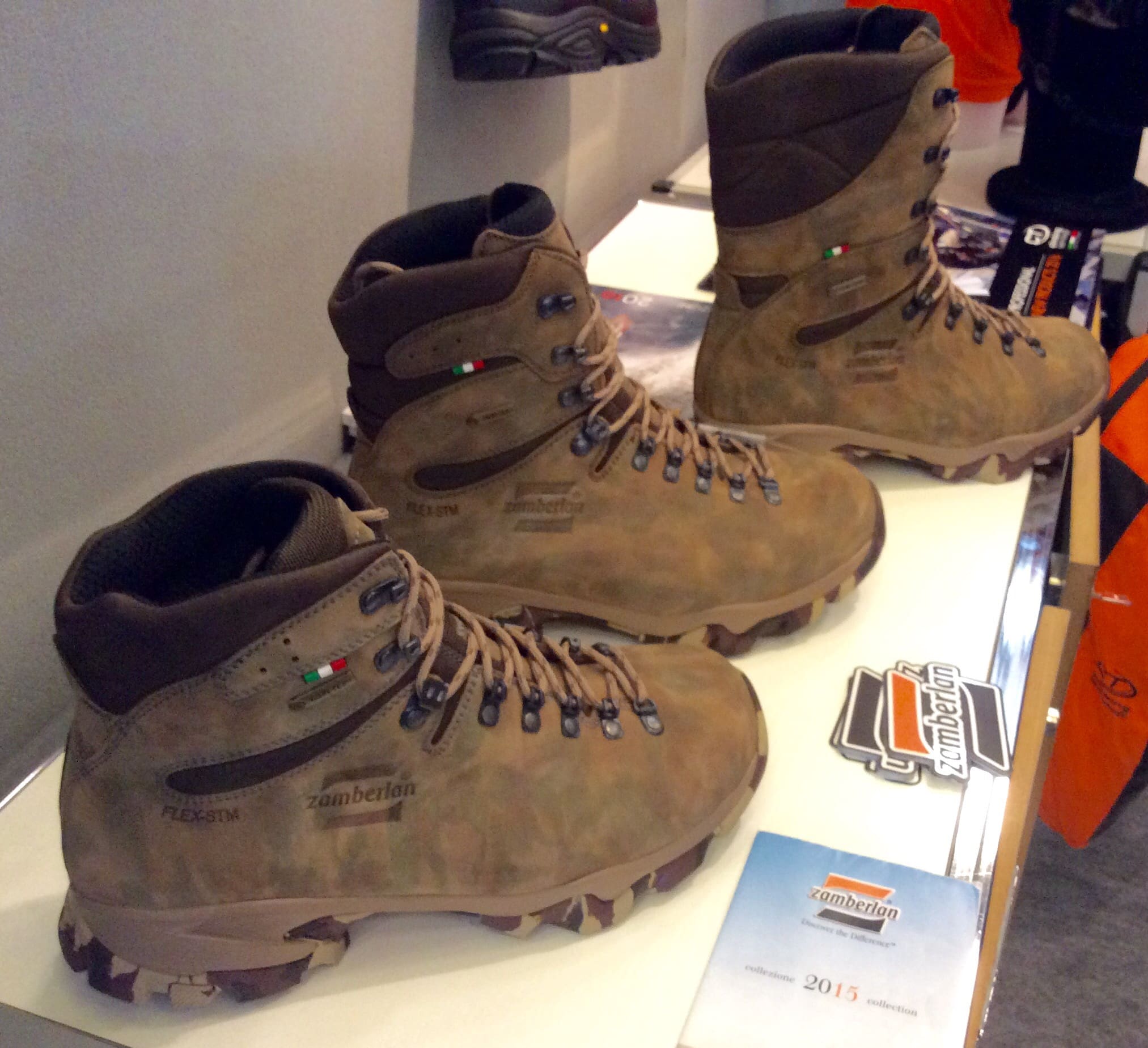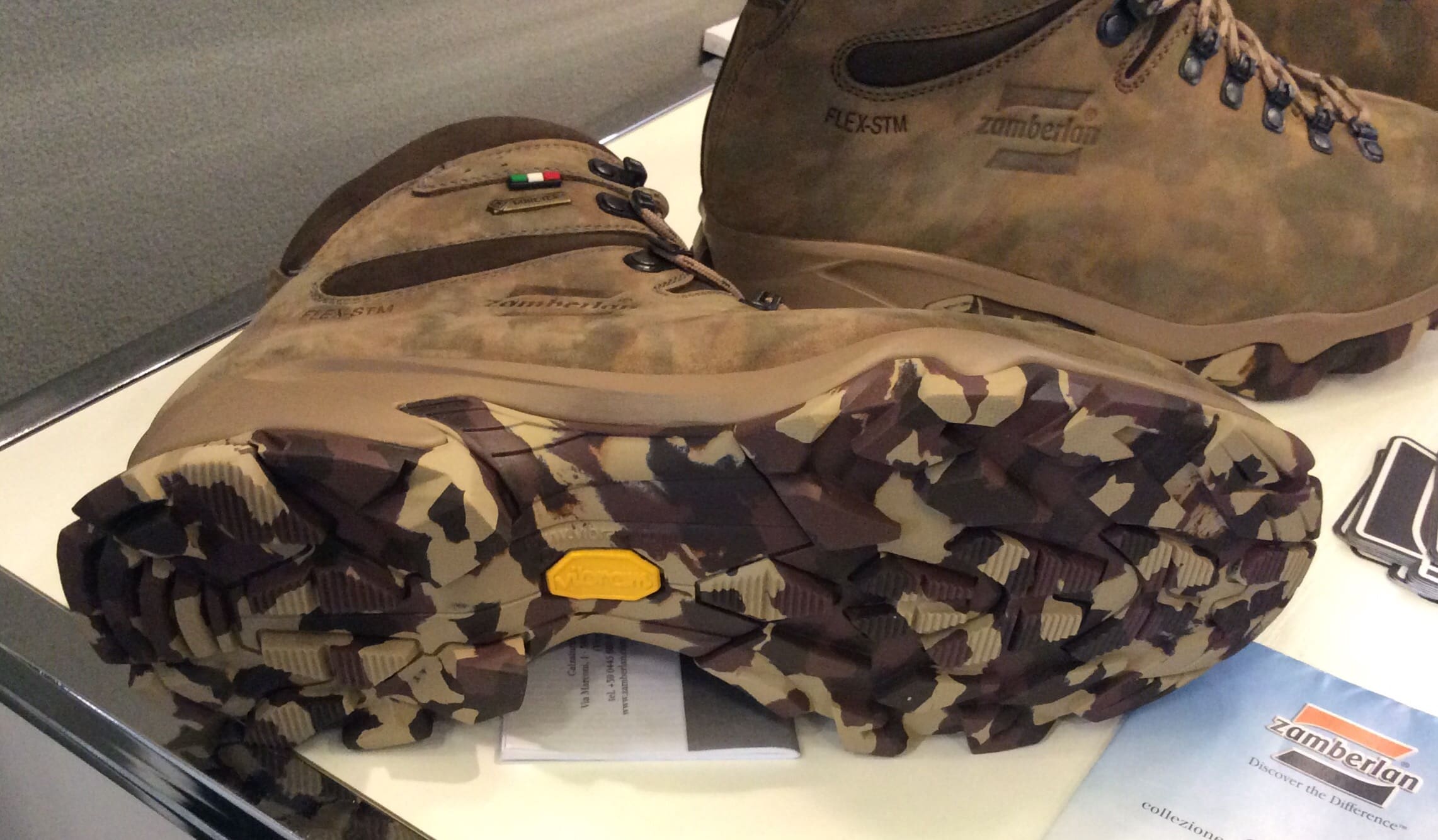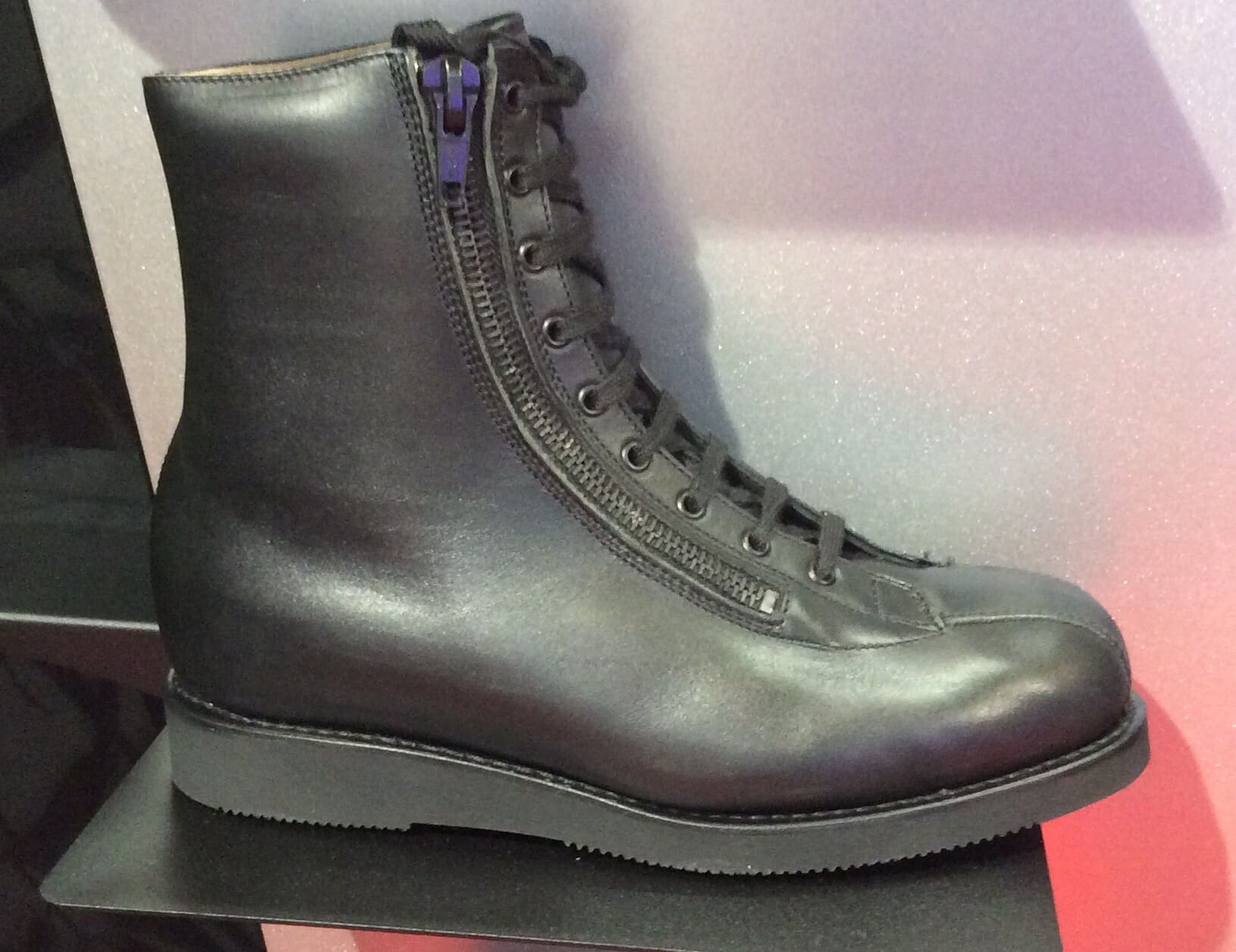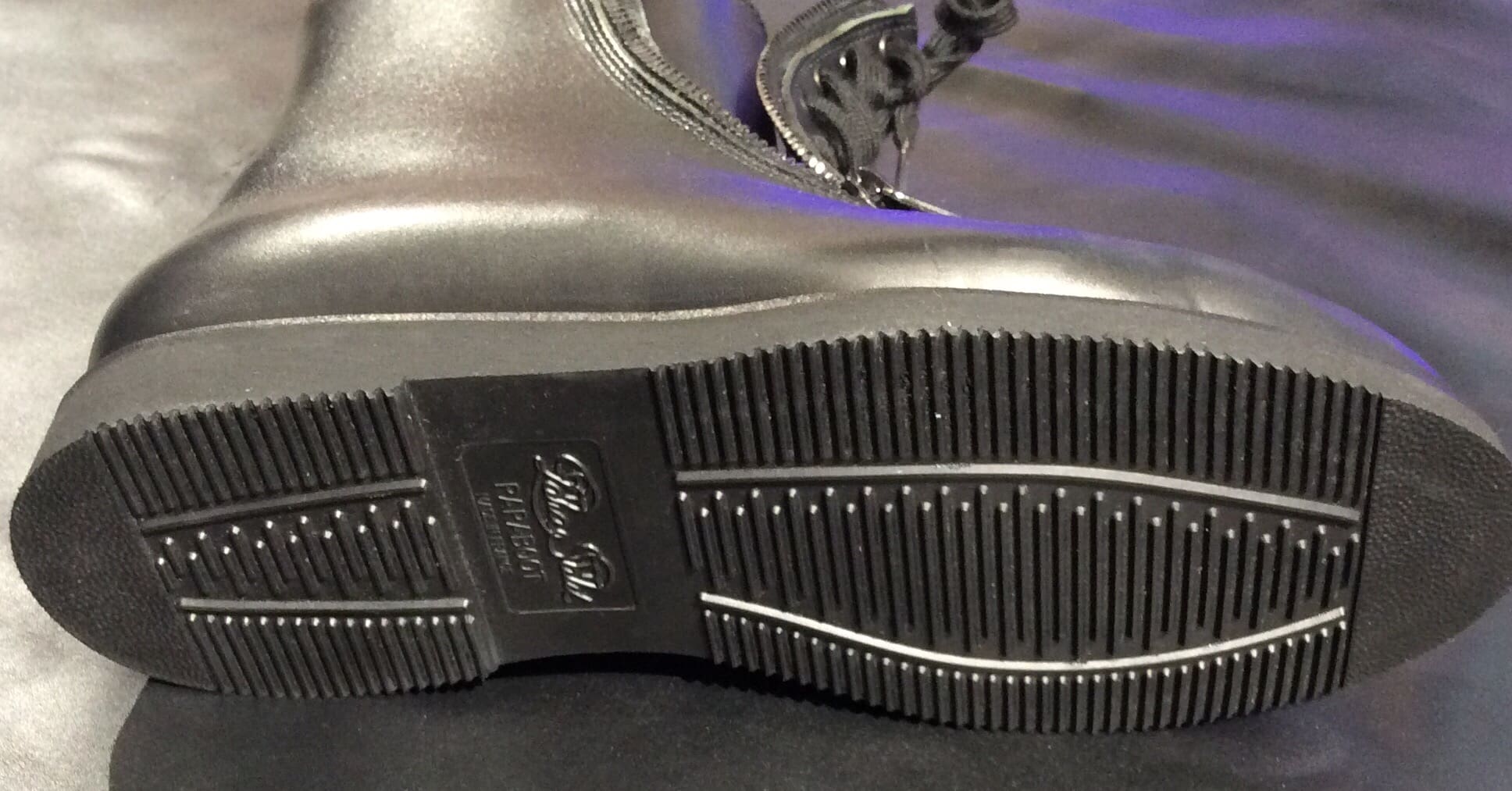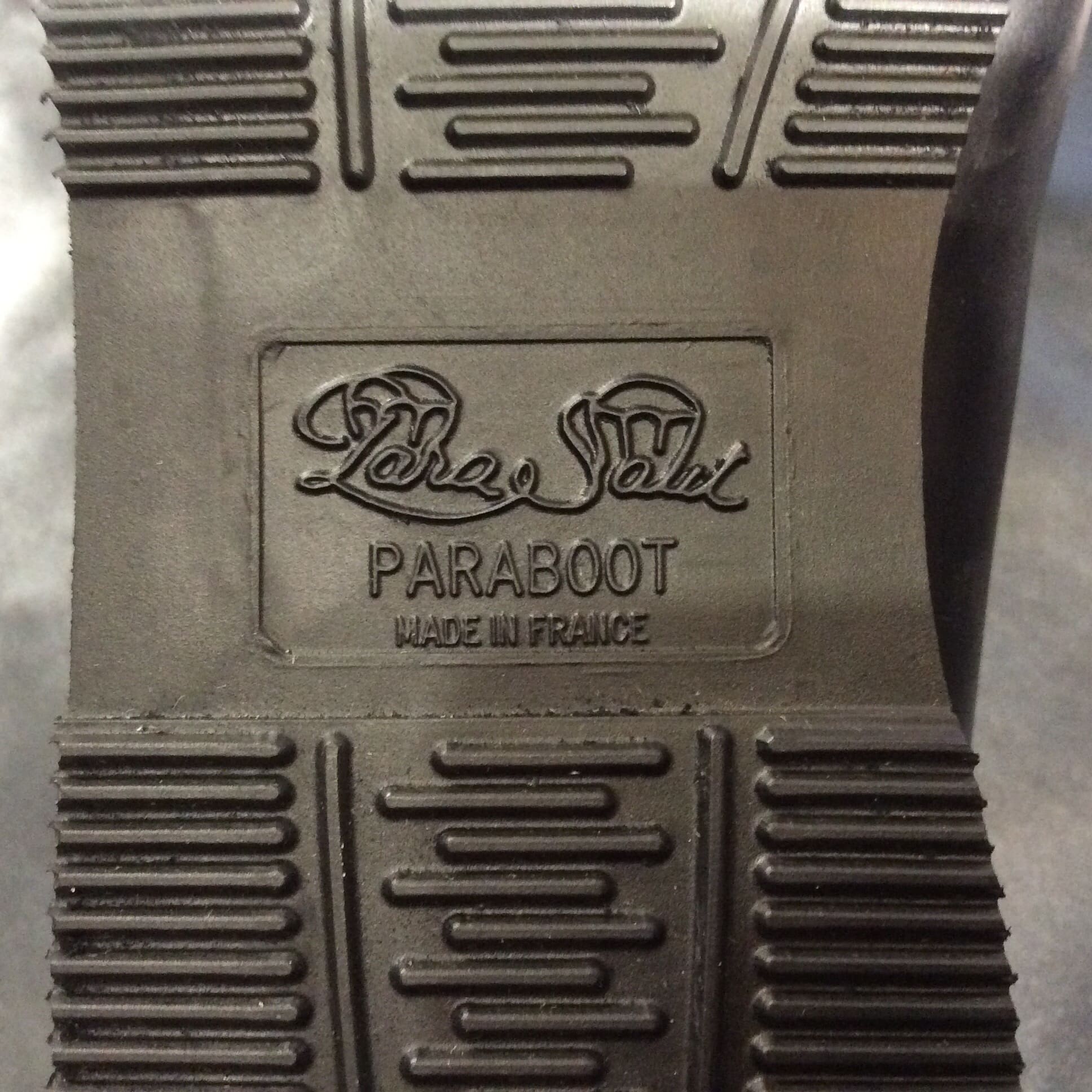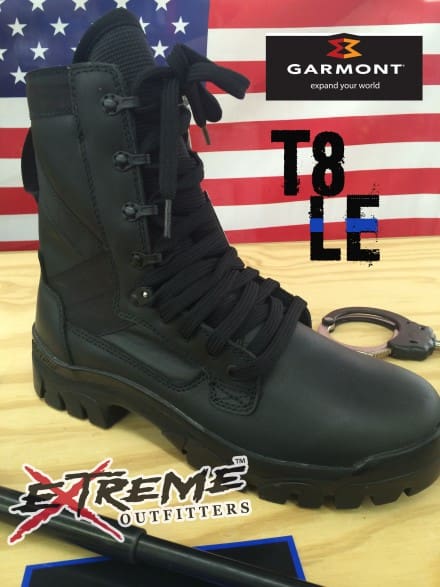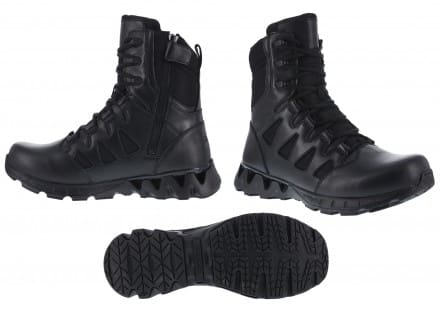
Exciting news from the Marines. They are moving forward on tropical clothing and footwear.
Marine Corps Systems Command (MARCORSYSCOM) Product Manager Infantry Combat Equipment (PdM-ICE) is conducting market research to identify tropical uniform fabrics, uniform designs, and boots that provide durability and protection, improved moisture management, and reduced dry time in a tropical environment. The tropical combat uniform includes a blouse, trouser, and boot. PdM ICE plans to conduct a user evaluation on the most promising materials and end items.
This Sources Sought effort requests industry to submit fabrics or uniform prototypes that are suitable for a tropical environment. Interestingly, PdM ICE intends to use a Government-owned design for the tropical uniform but they’re willing to consider commerial items as an alternative to the Government-owned designs. Lots of layers of fabric on those Marine field uniforms (MCCUU and EFRCE). Something stripped down would be nice.
In addition to tropical uniforms, the Marines want a new boot although I can’t for the life of me understand how a Marine Jungle Boot might be different than an Army or a SOF Jungle Boot. I certainly hope they aren’t pining for a tropical variant of the RAT boot.
The primary consideration in development of a new tropical boot will be improved performance in a tropical environment. The new tropical boot shall have similar qualities to the Marine Corps Combat Boot requirements. The boot must operate within a tropical environment, with performance based upon boot durability. Submissions shall incorporate innovative designs which utilize fabric and synthetic leathers to increase dry out time, while reducing weight and moisture retention caused by natural leather. Additionally, the tropical boot must be lighter weight and faster drying when compared to the current combat boot. The outsole must allow for easy removal of mud, debris, and foreign substances. The Marine Corps tropical boot can vary in height as long as the boot provides ankle support to the wearer.
Seeing this chart, I’d say they’re not exactly setting the bar very high here, considering the Army recently relearned quite a bit about they had forgotten about Jungle Boots. Soles almost seem as an afterthought and no mention of a plate to protect the foot from booby traps.
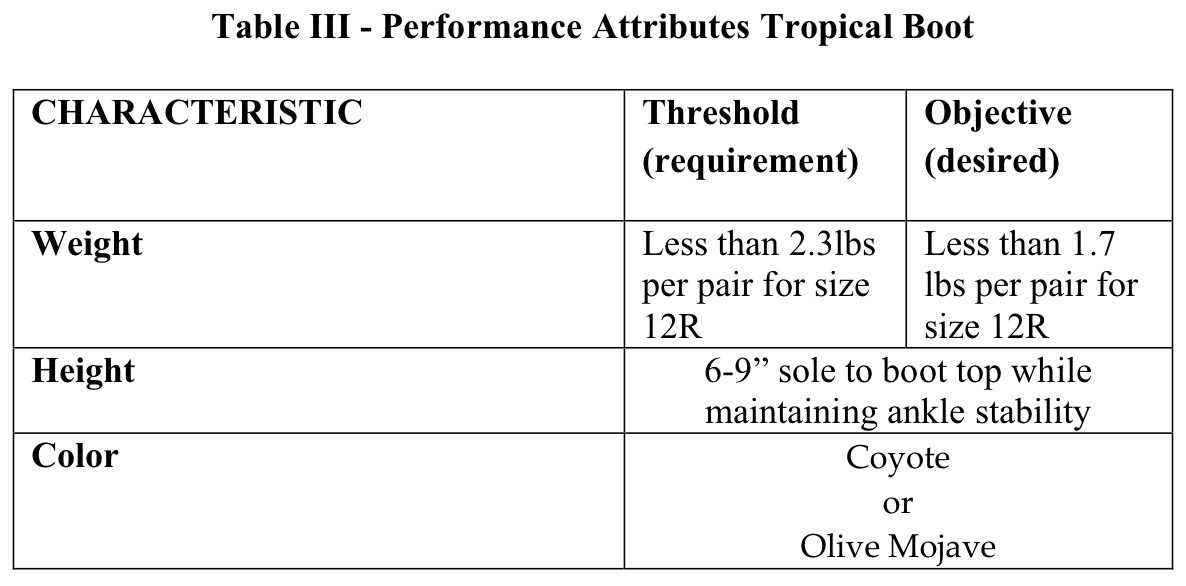
This is the most interesting part of the effort. Maybe something like the Gore Pyrad will work but anything that inhibits breathability, even a little bit, in the jungle is a recipe for disaster. Everytime I read FR and armor requirements for jungle operations and wonder who wrote them. It’s surely not anyone who has ever spent anytime in a jungle environment.
PdM-ICE is conducting market research to determine if the current Marine Corps Combat Utility Uniform (MCCUU) could be flame resistant (FR) treated. Treatment should be low cost, and could be applied during fabric manufacture, as a post treatment, or in garment form. Treatment shall not alter appearance, comfort, or durability properties. The treatment must meet the vertical flame performance…
Fortunately, there will also be an Industry Day, during Outdoor Retailer Winter Market from 7-10 January 2016 in Salt Lake City, Utah, where the Government plans to conduct one-on-one meetings with industry. Maybe the Marines will be in recieve mode while vendors procide feedback on work they’ve already done, especially regarding boots.
Interested parties need to review the announcement on www.FBO.gov for all of the particulars.


